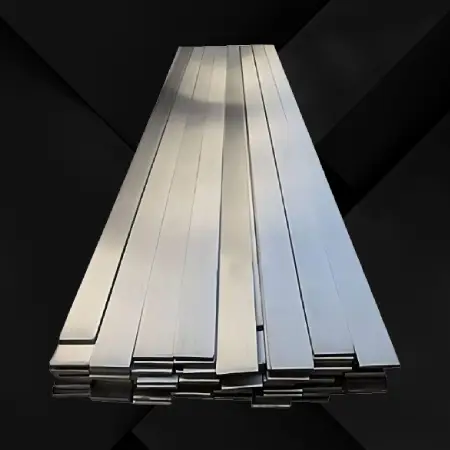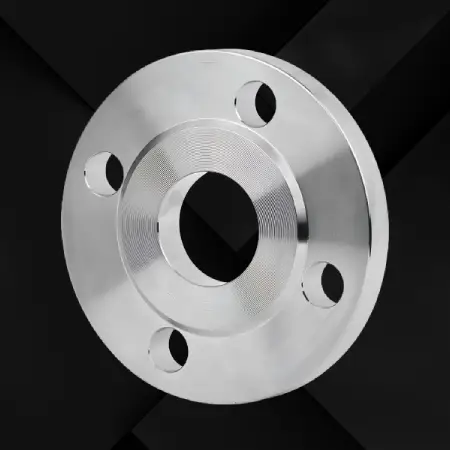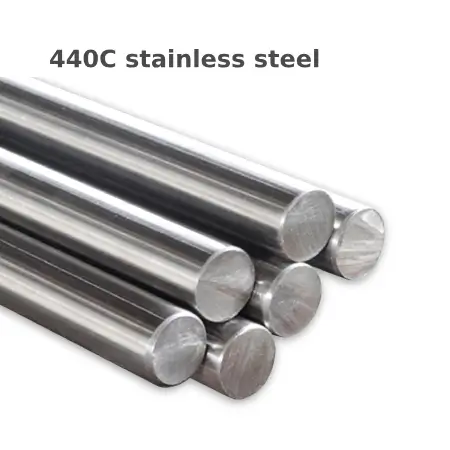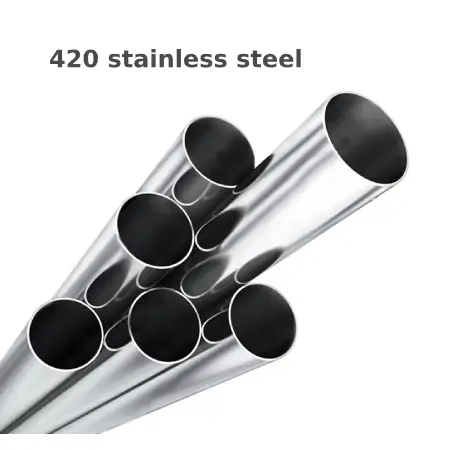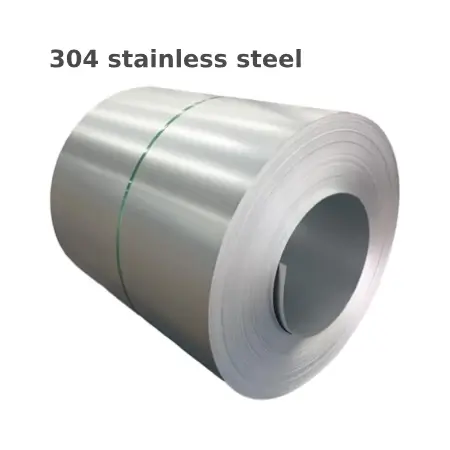Stainless steel bar is a versatile, high-strength material widely used in various industries due to its exceptional mechanical properties, resistance to corrosion, and ease of fabrication.
Introduction to Stainless Steel Bar
Definition: Stainless steel bar is a general term referring to bars made from stainless steel, which are available in a range of shapes and sizes, including round, square, rectangular, and hexagonal.
Material Composition: Stainless steel contains a minimum of 11% chromium, which provides the primary resistance to corrosion. Other elements, such as nickel, molybdenum, and carbon, are included to enhance specific properties such as strength and ductility.
Classification: Stainless steel bars are categorized into different types based on their microstructure and properties, including Austenitic (e.g., 302. 304. 316), Martensitic (e.g., 410. 420), Ferritic (e.g., 430. 446), Duplex (e.g., 2205), and Precipitation-Hardening (e.g., 17-4PH).
Applications: Stainless steel bars are used in a diverse range of applications, including construction, aerospace, automotive, heavy industry, machining and fabrication, chemical processing, food processing, and marine environments.
Sizes: They come in various standard and non-standard sizes, such as diameters and lengths, allowing for flexibility to meet the requirements of different applications.
Surface Finish: The finish on stainless steel bars can include a mill finish, ground and polished, bright drawn, or black annealed, depending on the end use and aesthetic requirements.
Mechanical Properties: Stainless steel bars possess a variety of mechanical properties, such as tensile strength, yield strength, and hardness, which are determined by their grade and heat treatment.
Heat Treatment: Certain types of stainless steel bars can be heat-treated to improve their mechanical and physical properties, such as through Annealing, Quenching and Tempering for Martensitic steels, or Solution Treatment and Aging for Precipitation-Hardening steels.
Working and Machining: Stainless steel bars are amenable to various machining processes, including drilling, cutting, grinding, and threading, without the loss of their corrosion resistance.
Forming and Shaping: They can also be bent, rolled, or forged into various shapes and configurations for custom applications.
Welding: Stainless steel is generally weldable and can be joined to other pieces of the same material or to different materials using various welding techniques.
Corrosion Resistance: One of the key attributes of stainless steel bars is their high resistance to various forms of corrosion, which is crucial for applications in harsh environments or exposure to corrosive substances.
Standards and Specifications: Stainless steel bars are manufactured and tested to meet specific international standards and specifications, such as ASTM, EN, JIS, and ISO, for consistent quality.
Recyclability: Stainless steel is fully recyclable, contributing to environmental sustainability and the circular economy.
Maintenance: Low maintenance is required for stainless steel bars, consisting primarily of occasional cleaning with mild detergents and water to preserve their appearance and corrosion resistance.
In summary, stainless steel bars are a robust, durable, and corrosion-resistant material suitable for various industrial and commercial applications. Their versatility, combined with a range of properties, makes them a preferred choice for engineers and designers worldwide.

